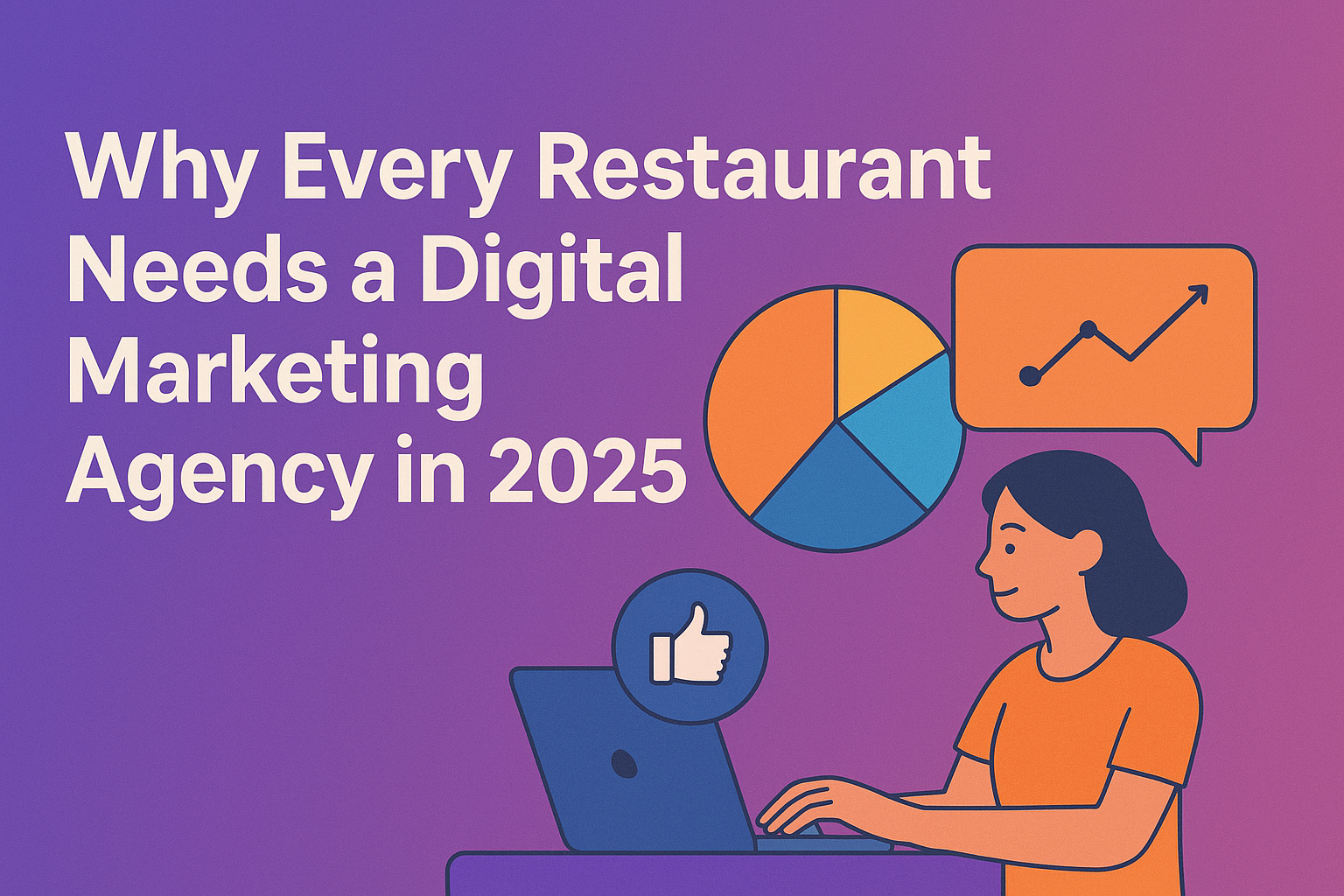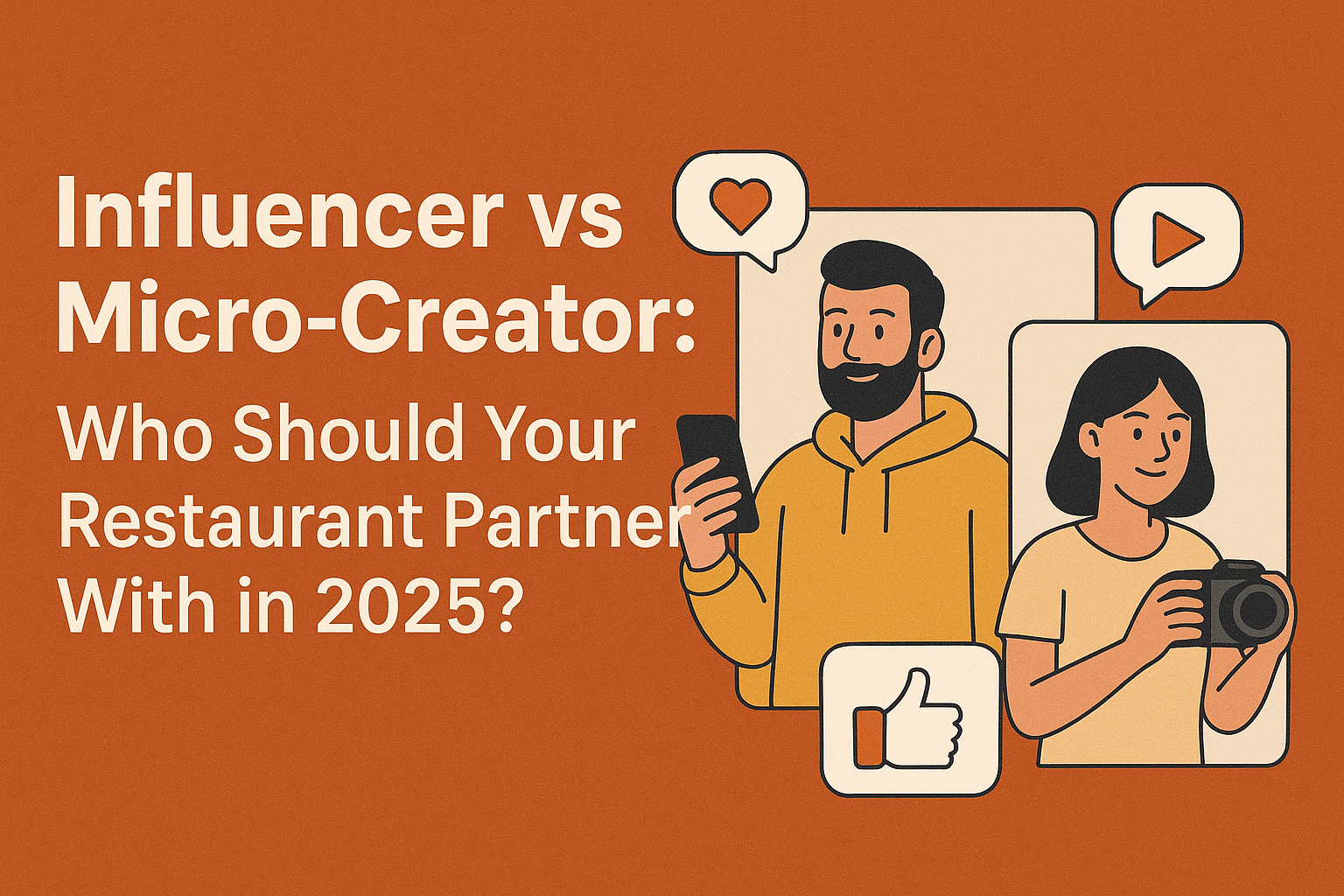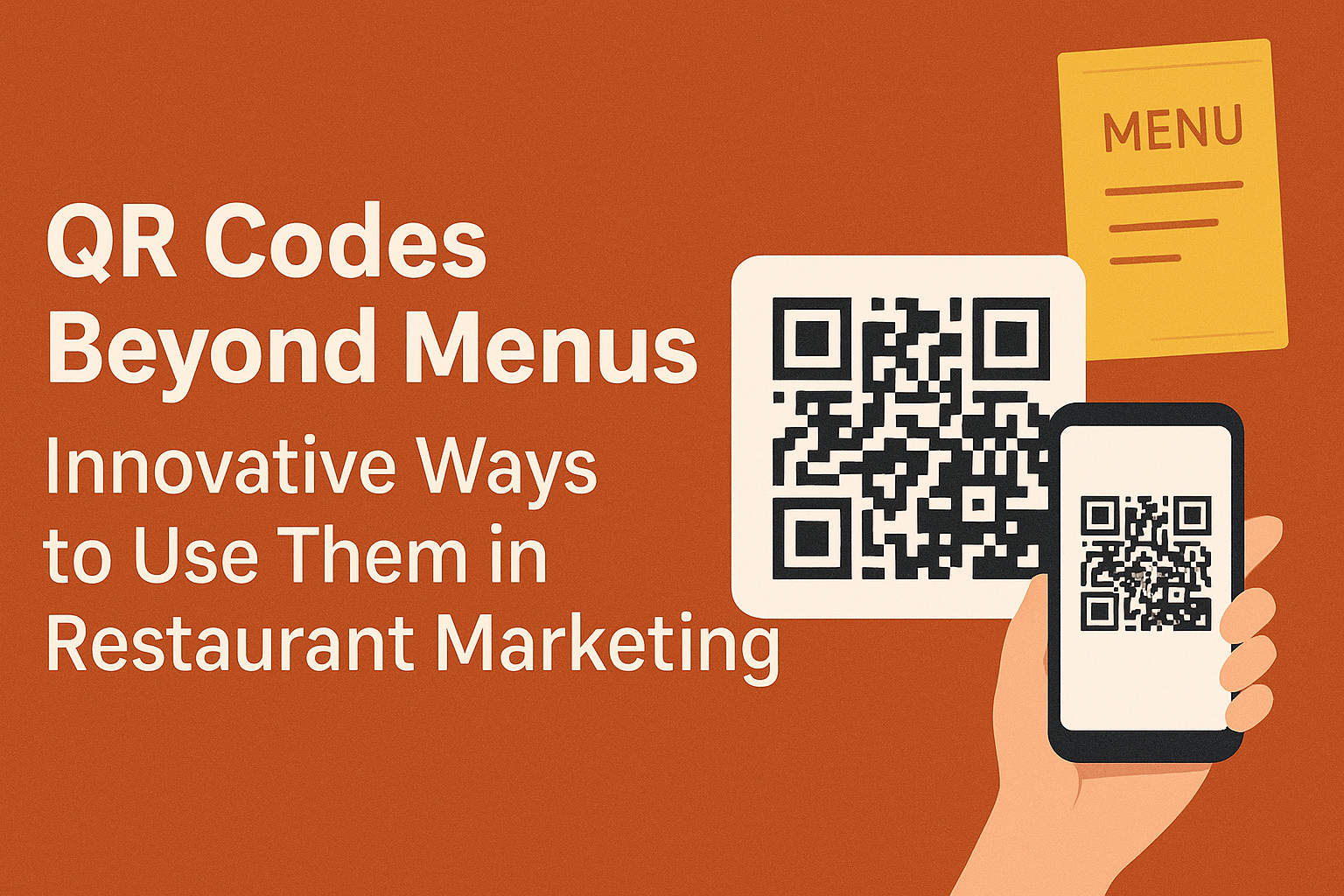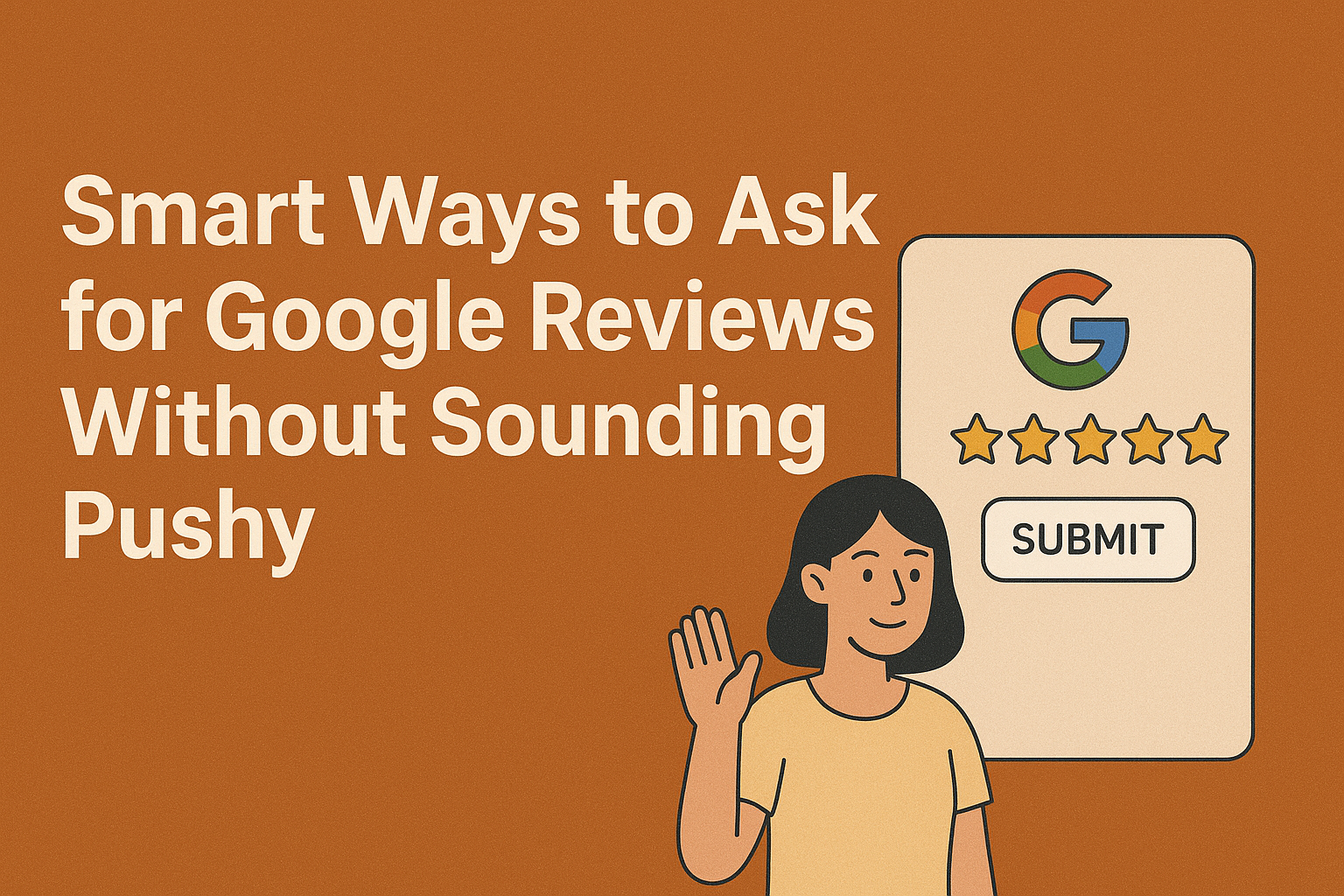Why Negative Google Reviews Matter
Online reviews can significantly shape a restaurant’s reputation—especially in India, where dining decisions often rely on Google ratings. A single poor review can discourage new customers. However, negative reviews don’t have to spell disaster. When handled correctly, they become opportunities to demonstrate outstanding customer service and build long-term trust.
This blog outlines practical strategies to handle negative Google reviews professionally. Whether you’re a restaurant owner, part of an F&B digital marketing agency, or a social media manager, these methods will help you protect your brand and convert criticism into credibility.
Why Google Reviews Matter for Restaurants in India
Before booking a table or ordering online, most customers turn to Google. According to studies, 88% of consumers trust online reviews as much as personal recommendations.
Positive reviews help your restaurant:
- Improve local search rankings through Google’s SEO algorithms
- Increase visibility and organic traffic
- Boost table bookings and delivery orders
However, just a few negative reviews can impact:
- Customer trust
- Your Google My Business ranking
- Overall sales and reputation
The good news: the way you respond can make a big difference.
The Impact of Negative Reviews on Restaurants
Here’s how negative reviews typically affect a restaurant:
- Reduce trust: Customers are less likely to choose a business with recent negative feedback.
- Affect SEO rankings: Google favors listings with higher engagement and better ratings.
- Lower conversions: Even one bad review can reduce table reservations and order volume.
That’s why response management is essential.
1. Stay Calm and Analyze the Review
Before you respond, pause. Reacting emotionally or defensively can escalate the situation and damage your reputation further.
Ask yourself:
- Is the complaint valid? (e.g., cold food, incorrect order, rude staff)
- Was it a misunderstanding? (e.g., misinterpreted policy or delay)
- Could it be fake or from a competitor?
Example: A diner at a fine-dining restaurant in Mumbai complained, “Food was too spicy and service was slow.” The restaurant acknowledged the feedback and offered a resolution. The response, visible to other customers, showcased professionalism.
Tip: Always verify the situation internally and prepare a calm, respectful reply.
2. Respond Promptly and Professionally
Timely replies show customers that you take feedback seriously. Responding within 24–48 hours builds goodwill and can turn a dissatisfied customer into a loyal patron.
Sample Response for a Delayed Order:
Dear [Customer Name],
Thank you for your feedback. We sincerely apologize for the delay you experienced. We were busier than expected that day, and we understand how frustrating it must have been. We’d love the chance to make it up to you. Please reach out to us so we can ensure a better experience next time.
Best practices for responding:
- Acknowledge and thank the reviewer
- Apologize if the issue was genuine
- Offer a solution (e.g., refund, replacement, complimentary service)
- Keep your tone polite, professional, and free of blame
3. Address Fake or Malicious Reviews
Not all negative reviews are legitimate. Sometimes, they may come from bots, competitors, or former employees trying to harm your reputation.
What to do:
- Flag the review via your Google My Business dashboard
- Respond politely, stating you couldn’t verify the incident and are open to clarification
- Ask happy customers to leave reviews to balance your rating
Example: A café in Bangalore noticed a spike in vague, 1-star reviews. After flagging and responding professionally, Google removed the fake reviews upon verification.
Learn how to report fake Google reviews here
4. Take the Conversation Offline
If the situation is serious, move the discussion off the public thread. This avoids conflict escalation and demonstrates sincerity.
Sample Message:
Dear [Customer Name],
We regret your experience and would love to resolve this personally. Could you please share your contact details or visit our restaurant so we can address your concerns directly?
Why it works:
- Keeps the issue out of the public eye
- Shows accountability and care
- Makes the customer feel valued
5. Encourage Positive Reviews to Balance the Negatives
The best way to minimize the impact of occasional bad reviews is to consistently generate authentic, positive ones.
Ways to encourage reviews:
- Ask happy customers immediately after their visit
- Use QR codes on menus or bills linking to your review page
- Send a WhatsApp or SMS follow-up with a review request
- Offer a small incentive (e.g., dessert or discount) for leaving feedback
Example: Restaurants like Indian Accent and The Bombay Canteen send personalized post-visit thank-you emails encouraging guests to leave a review.
Explore how to get more restaurant reviews
Preventing Negative Reviews in the First Place
The most effective way to manage negative reviews is to reduce the chances of getting them.
Best practices to avoid negative reviews:
- Train staff to respond to complaints with empathy and solutions
- Ensure delivery quality on apps like Swiggy and Zomato
- Offer immediate resolutions (refunds, replacements) when warranted
- Regularly check reviews and feedback forms to detect patterns
Consistency in service leads to fewer complaints and more returning guests.
Conclusion: Turn Criticism into Credibility
Instead of fearing negative reviews, see them as a customer insight opportunity. With the right approach, you can build trust, show accountability, and even win over unhappy customers.
Key takeaways:
- Respond promptly and respectfully
- Don’t ignore or delete feedback ,engage professionally
- Flag fake reviews and encourage real ones
- Take serious issues offline for resolution
- Focus on service quality to avoid negative experiences
Looking for expert help? Partner with an experienced F&B digital marketing agency to improve your Google My Business presence, manage reviews, and boost restaurant visibility online. Contact us today!
FAQ: Handling Negative Google Reviews for Restaurants
No. You cannot delete reviews, but you can flag inappropriate ones and respond to genuine complaints.
Within 24–48 hours to show that customer feedback matters to your team.
Only when the issue is legitimate. Sometimes, an apology and improved service are enough.
Offer consistent service, respond quickly to feedback, and request reviews from satisfied customers.
On average, 4 to 5 high-quality positive reviews are required to maintain a good star rating.








